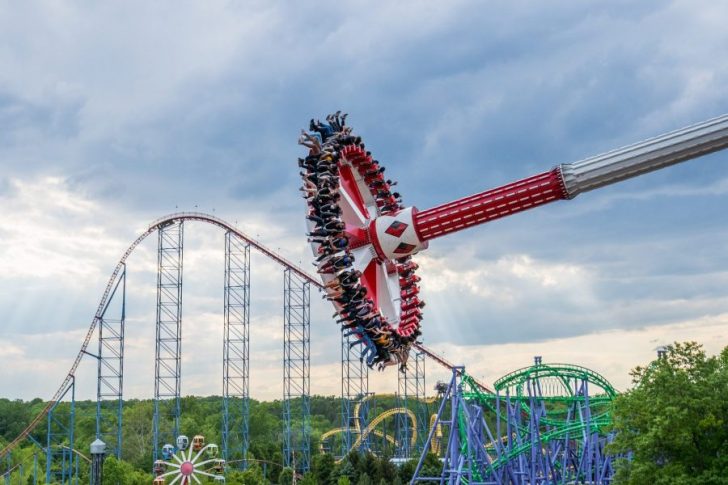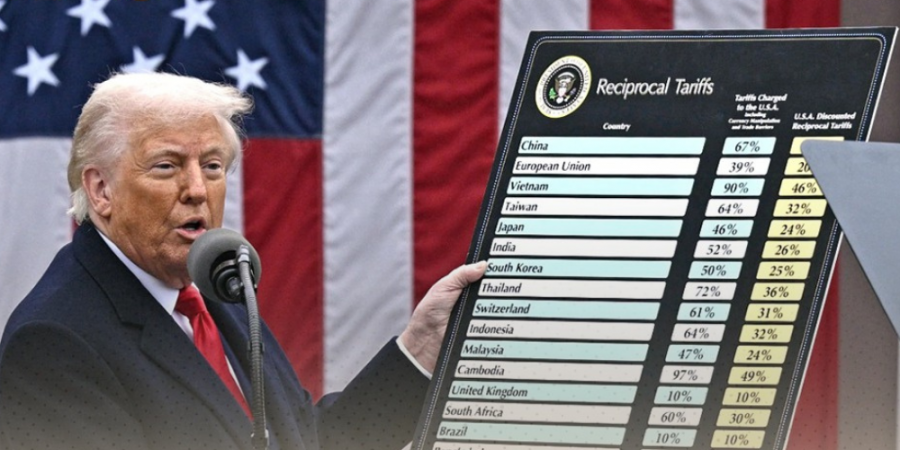In an industry where thrills and excitement are the orders of the day, the proposed $8 billion merger between Six Flags and Cedar Fair has added a new twist to the tale. Thus, capturing the attention of not just thrill-seekers but regulators and market watchers alike. The U.S. Department of Justice (DOJ) has pumped the brakes on this high-stakes ride. It is requesting additional information as it scrutinizes the blockbuster deal first announced in November 2023.

GTN / Six Flags and Cedar Fair said earlier in January 2024 that the DOJ has requested additional documents and info to approve the $8 billion merger.
Six Flags and Cedar Fair, two of the most iconic names in the amusement park arena, set the industry abuzz with their merger announcement. As behemoths of fun and frolic, their combined forces promised to redefine the landscape of leisure and entertainment in the United States.
However, the path to merger has proven to be less of a smooth sail and more of a roller coaster. Especially, with the DOJ’s recent intervention adding an unexpected loop.
DOJ’s Call for More
Earlier in January 2024, the companies disclosed that the DOJ had requested additional documents and information to proceed with the approval process. This move underscores the intricate scrutiny such large-scale mergers invite. Especially, in sectors directly impacting consumer choice and market competition.
The request for further details is a routine step in merger reviews but signals a thorough examination of how this consolidation might alter market dynamics.
The Post-Pandemic Context
The timing of the merger is particularly noteworthy, coming on the heels of a period when consumer spending habits have undergone significant shifts. The post-pandemic era has seen a reevaluation of leisure spending, with many individuals seeking more value and quality in their entertainment choices.

The Talks / As consumers became more conscious of their spending after the post-pandemic intervals of amusement parks, Six Flags and Cedar Fair announced their merger.
Six Flags and Cedar Fair’s strategic move to merge is seen as a response to these changing dynamics, aiming to leverage combined resources to enhance visitor experiences and operational efficiencies.
With an $8 billion price tag, the stakes could not be higher. The merger is not just about combining two massive portfolios of roller coasters, water parks, and themed attractions. It is about creating a behemoth that could potentially monopolize the amusement park industry in the U.S. This aspect is likely a significant factor in the DOJ’s request for more information. Why? Because it assesses the implications for competition and consumer options.
Six Flags and Cedar Fair’s Response
In the face of regulatory scrutiny, both Six Flags and Cedar Fair have expressed their commitment to transparency and cooperation. The companies have stated they are providing the DOJ with all the required information. Thus, showcasing their confidence in the deal’s benefits for stakeholders and the broader market.

Finance / Six Flags and Cedar Fair have said that they are providing the DOJ with all the required information and they are expecting to OK the deal in the first half of 2024.
Their optimism remains high, with expectations set on receiving the green light in the first half of 2024.
Looking Ahead
As the DOJ delves deeper into the merger’s intricacies, the industry and consumers alike watch with bated breath. The outcome of this review could have far-reaching implications. Not just for Six Flags and Cedar Fair but for the entire amusement park landscape in the U.S.
It raises critical questions about how such mega-mergers shape consumer choices, market competition, and the future of entertainment.










